My Favourite Painting: Cressida Cowell
Children's author Cressida Cowell picks one of the great depictions of St George's defining moment.
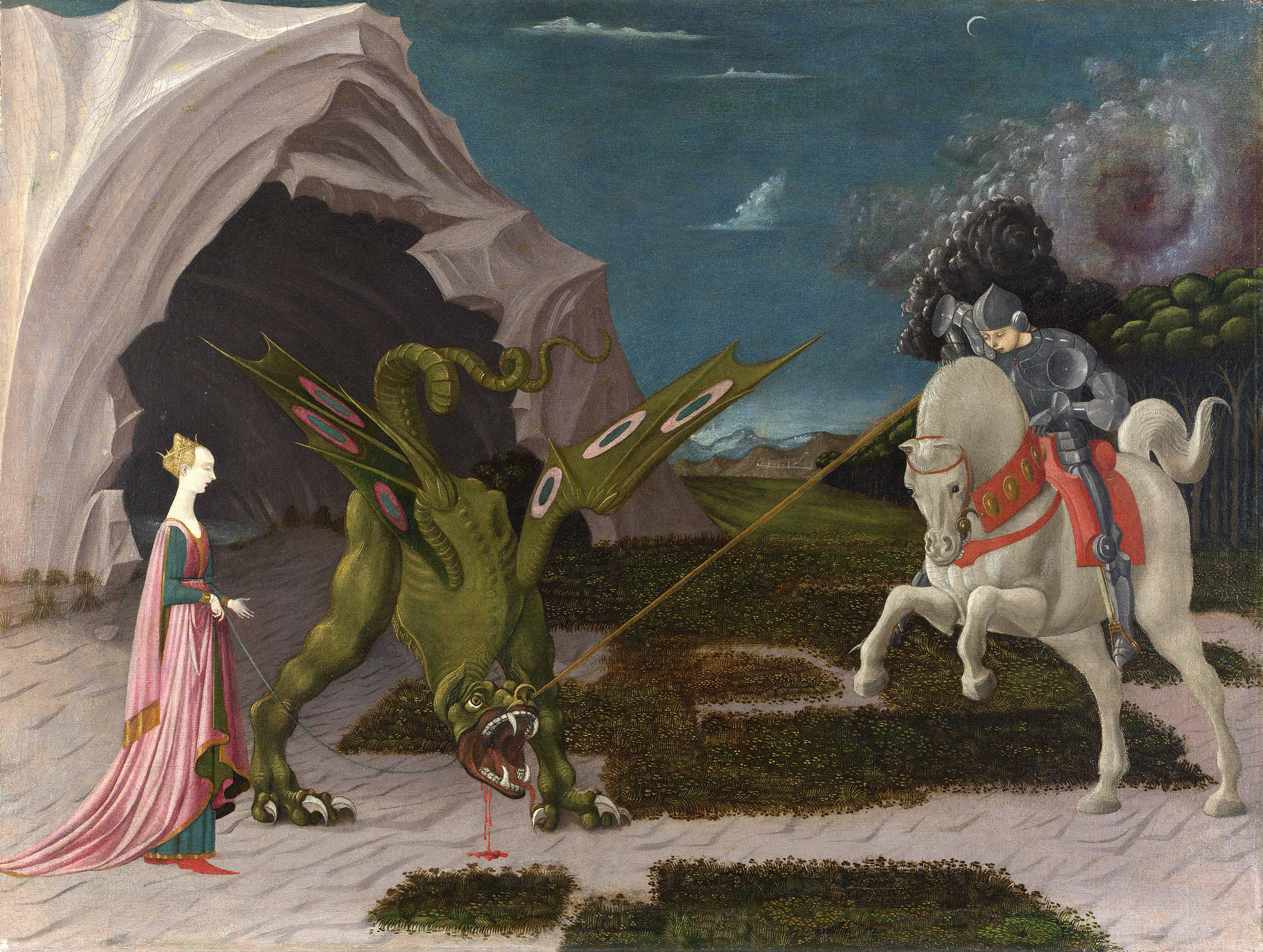

Cressida Cowell chooses St George and the Dragon by Paolo Uccello
‘My mother often took us to the National Gallery. I was already intensely interested in dragons, but it was the storytelling that gripped me here. I knew you were supposed to be on St George’s side, but this was no scary nightmare of a dragon. It looked like a sweet, anxious Jabberwock, the captive of the cold and grim princess.
‘St George was very unsportsmanlike to spear a tethered creature. Who were the monsters, the humans or the dragon? What was their creator intending me to feel? Like all the best narratives, it awakened questions about heroes and villains.'
Waterstones Children’s Laureate Cressida Cowell is known for her ‘How to Train Your Dragon’ series. Her new book, Wizards of Once: Never and Forever, is out now.
John McEwen on St George and the Dragon
The tale of St George (d. 303) and the dragon has its pre-Christian equivalent in ancient mythology, exemplified by the Greek myth of Andromeda, saved by Perseus from the sea monster. Jacobus da Varagine’s book The Golden Legend (1260s) was the prime source of the story for Western artists.
In ‘Silene’ in Libya, there was a poison-breathed dragon and children were chosen by lot to be its placatory victims. A lot fell to the king’s daughter, who, dressed as a bride, was left to her fate. St George happened on the scene and, when the dragon appeared, he made the Sign of the Cross and speared it. Following his instructions, she led the wounded beast back to the city by her girdle. St George killed the dragon on condition everyone became a Christian.
In Uccello’s painting, the whirlwind and black clouds represent the dragon’s breath. It is one of several by the artist cited as made on Flanders ‘cloth’ or imported Flemish canvas — early proof of Florence’s influential imports from the Low Countries. Also ‘Northern’ are the Gothic princess and quality of the armour.
The picture was not definitively attributed until it was rediscovered after the Second World War; it was bought by the National Gallery in 1959. There is a less ‘atmospheric’ (another Flemish influence) version in the Musée Jacquemart-André in Paris.
St George replaced St Edmund as the patron saint of England under Edward III (1327–77). He is the patron saint of several other nations, among them Ethiopia, Georgia (named after him), Greece, Portugal and Russia (Yuri/ George), as well as the patron saint of soldiers, riders, farmers and scouts and a protector from plague.
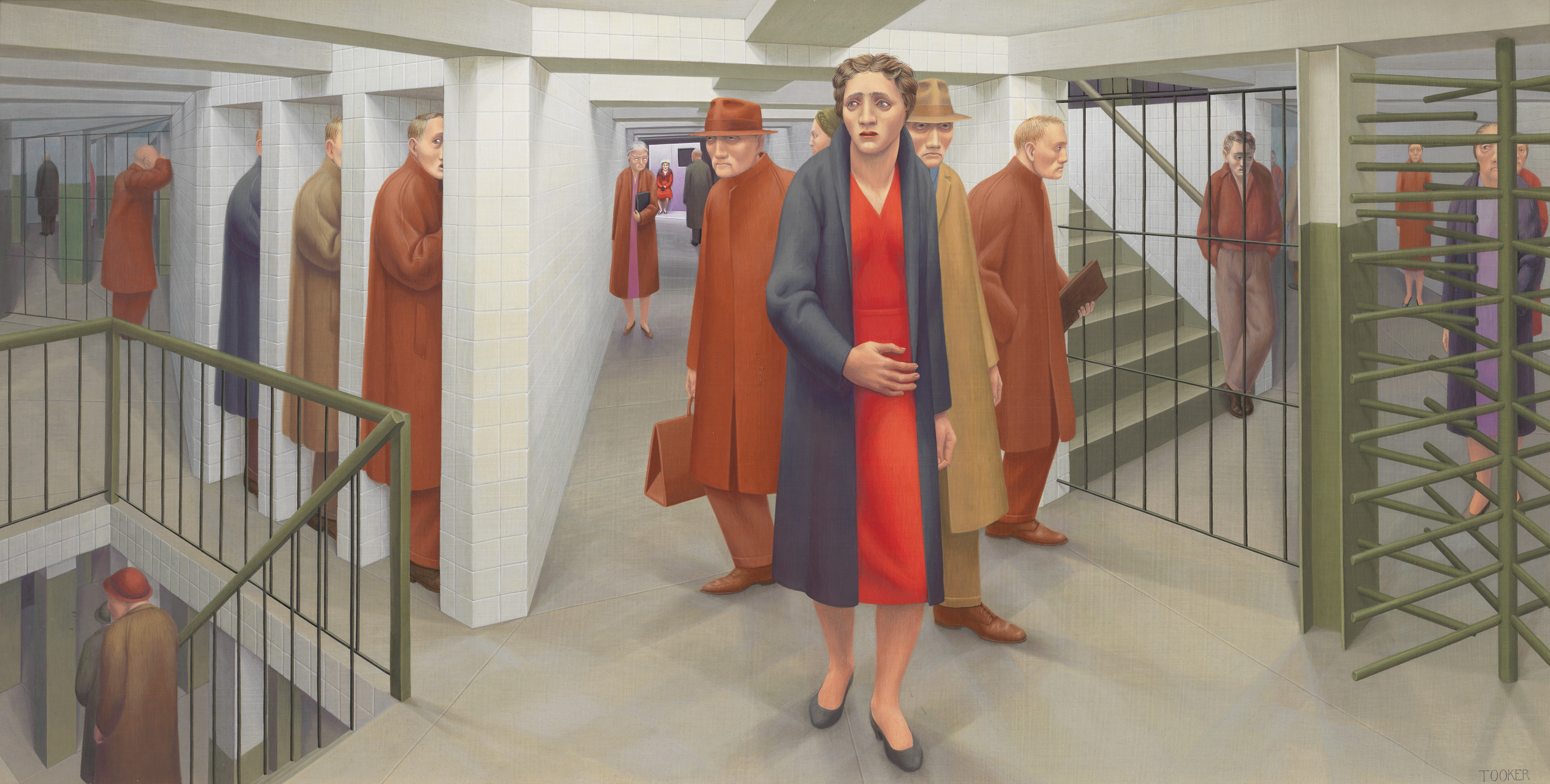
My Favourite Painting: Mike Leigh
The film director and writer chooses 'The Subway' by George Tooker, an artist who John McEwen describes as 'one of
Sign up for the Country Life Newsletter
Exquisite houses, the beauty of Nature, and how to get the most from your life, straight to your inbox.
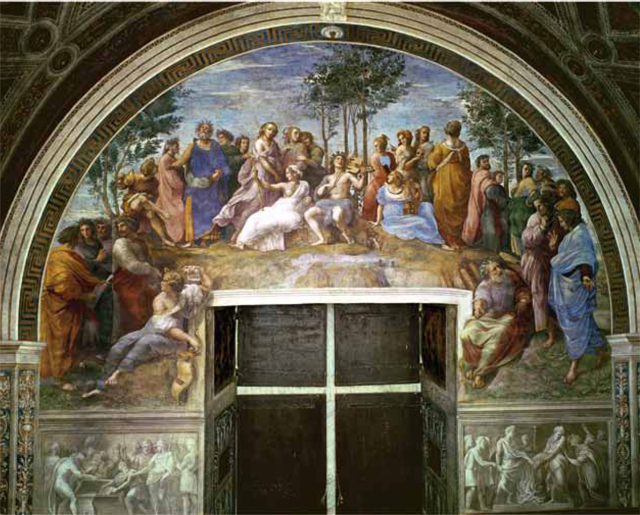
My Favourite Painting: Dervla Murphy
Dervla Murphy chooses her favouite painting for Country Life.
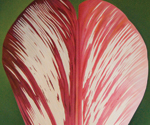
Jools Holland’s Favourite Painting
Jools Holland introduces his favourite painting – Tulip petal number 3
Country Life is unlike any other magazine: the only glossy weekly on the newsstand and the only magazine that has been guest-edited by HRH The King not once, but twice. It is a celebration of modern rural life and all its diverse joys and pleasures — that was first published in Queen Victoria's Diamond Jubilee year. Our eclectic mixture of witty and informative content — from the most up-to-date property news and commentary and a coveted glimpse inside some of the UK's best houses and gardens, to gardening, the arts and interior design, written by experts in their field — still cannot be found in print or online, anywhere else.
-
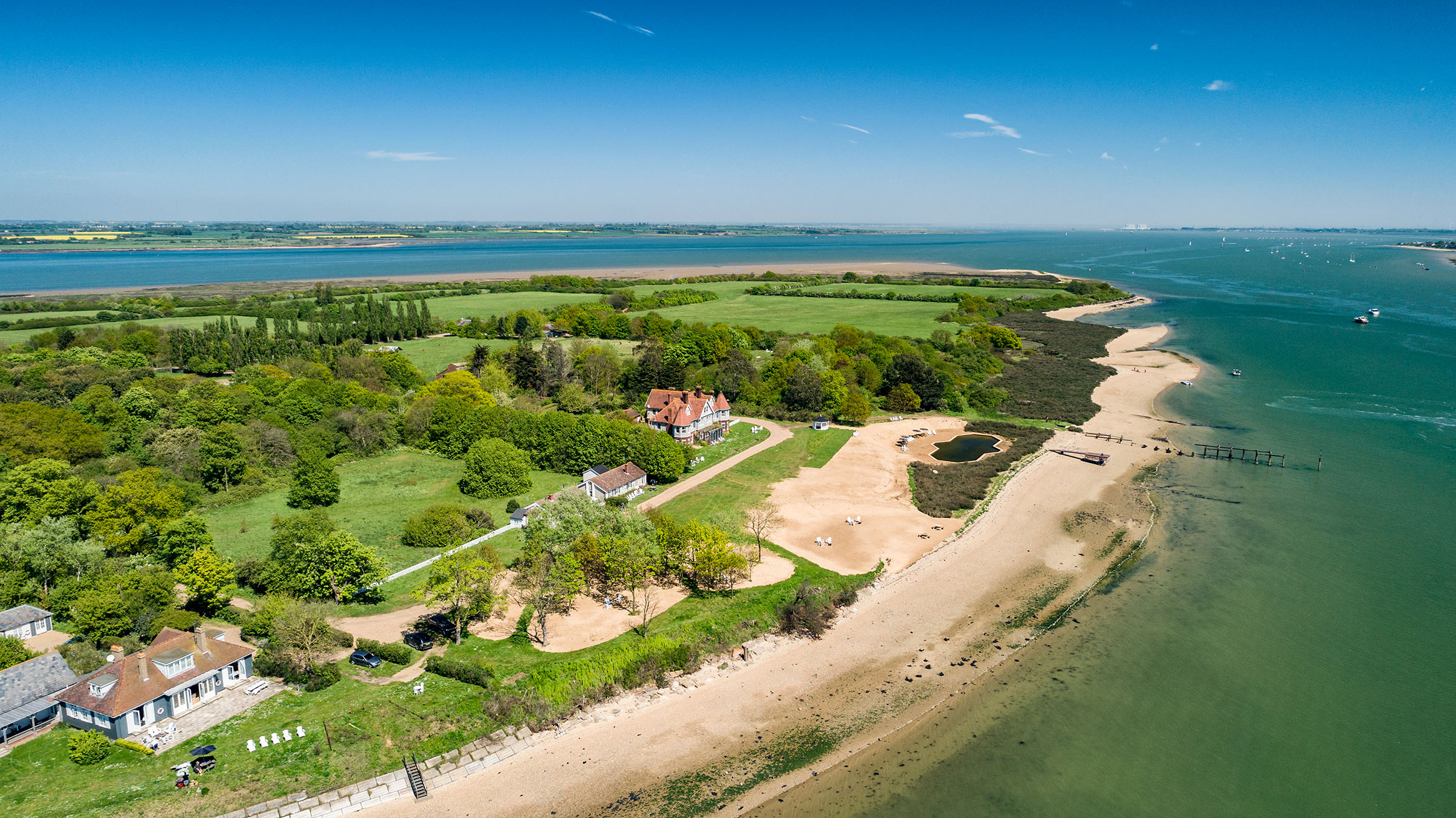 380 acres and 90 bedrooms on the £25m private island being sold by one of Britain's top music producers
380 acres and 90 bedrooms on the £25m private island being sold by one of Britain's top music producersStormzy, Rihanna and the Rolling Stones are just a part of the story at Osea Island, a dot on the map in the seas off Essex.
By Lotte Brundle
-
 'A delicious chance to step back in time and bask in the best of Britain': An insider's guide to The Season
'A delicious chance to step back in time and bask in the best of Britain': An insider's guide to The SeasonHere's how to navigate this summer's top events in style, from those who know best.
By Madeleine Silver
-
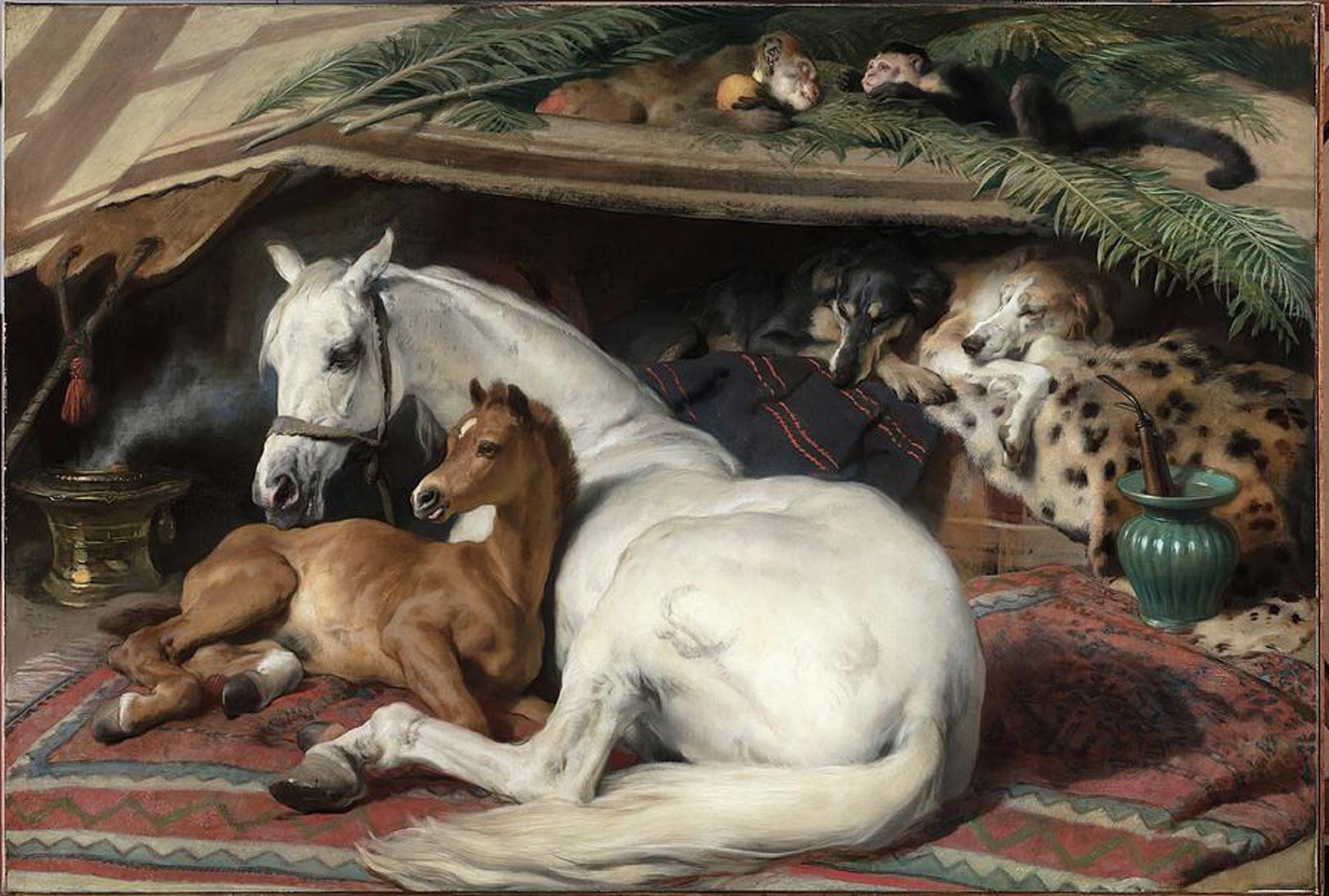 'As a child I wanted to snuggle up with the dogs and be part of it': Alexia Robinson chooses her favourite painting
'As a child I wanted to snuggle up with the dogs and be part of it': Alexia Robinson chooses her favourite paintingAlexia Robinson, founder of Love British Food, chooses an Edwin Landseer classic.
By Charlotte Mullins
-
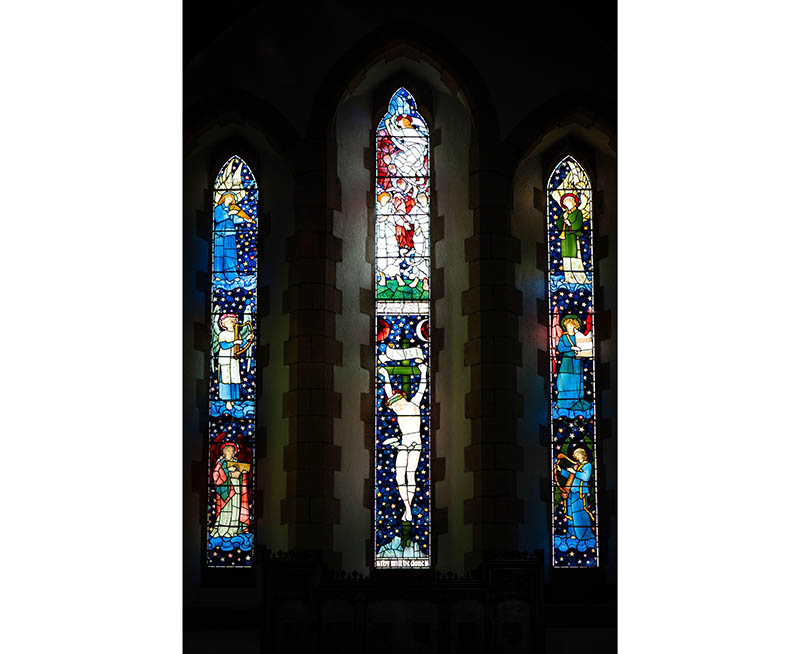 The Pre-Raphaelite painter who swapped 'willowy, nubile women' for stained glass — and created some of the best examples in Britain
The Pre-Raphaelite painter who swapped 'willowy, nubile women' for stained glass — and created some of the best examples in BritainThe painter Edward Burne-Jones turned from paint to glass for much of his career. James Hughes, director of the Victorian Society, chooses a glass masterpiece by Burne-Jones as his favourite 'painting'.
By Charlotte Mullins
-
 'I can’t look away. I’m captivated': The painter who takes years over each portrait, with the only guarantee being that it won't look like the subject
'I can’t look away. I’m captivated': The painter who takes years over each portrait, with the only guarantee being that it won't look like the subjectFor Country Life's My Favourite Painting slot, the writer Emily Howes chooses a work by a daring and challenging artist: Frank Auerbach.
By Toby Keel
-
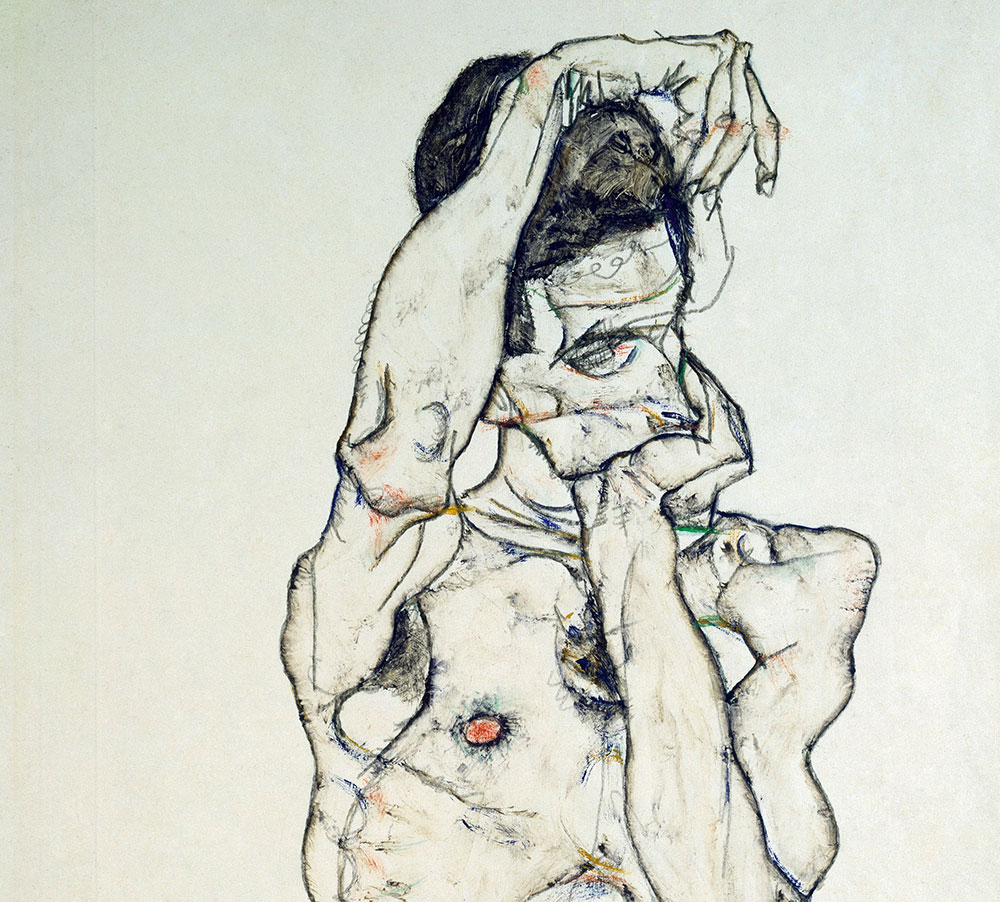 My Favourite Painting: Rob Houchen
My Favourite Painting: Rob HouchenThe actor Rob Houchen chooses a bold and challenging Egon Schiele work.
By Charlotte Mullins
-
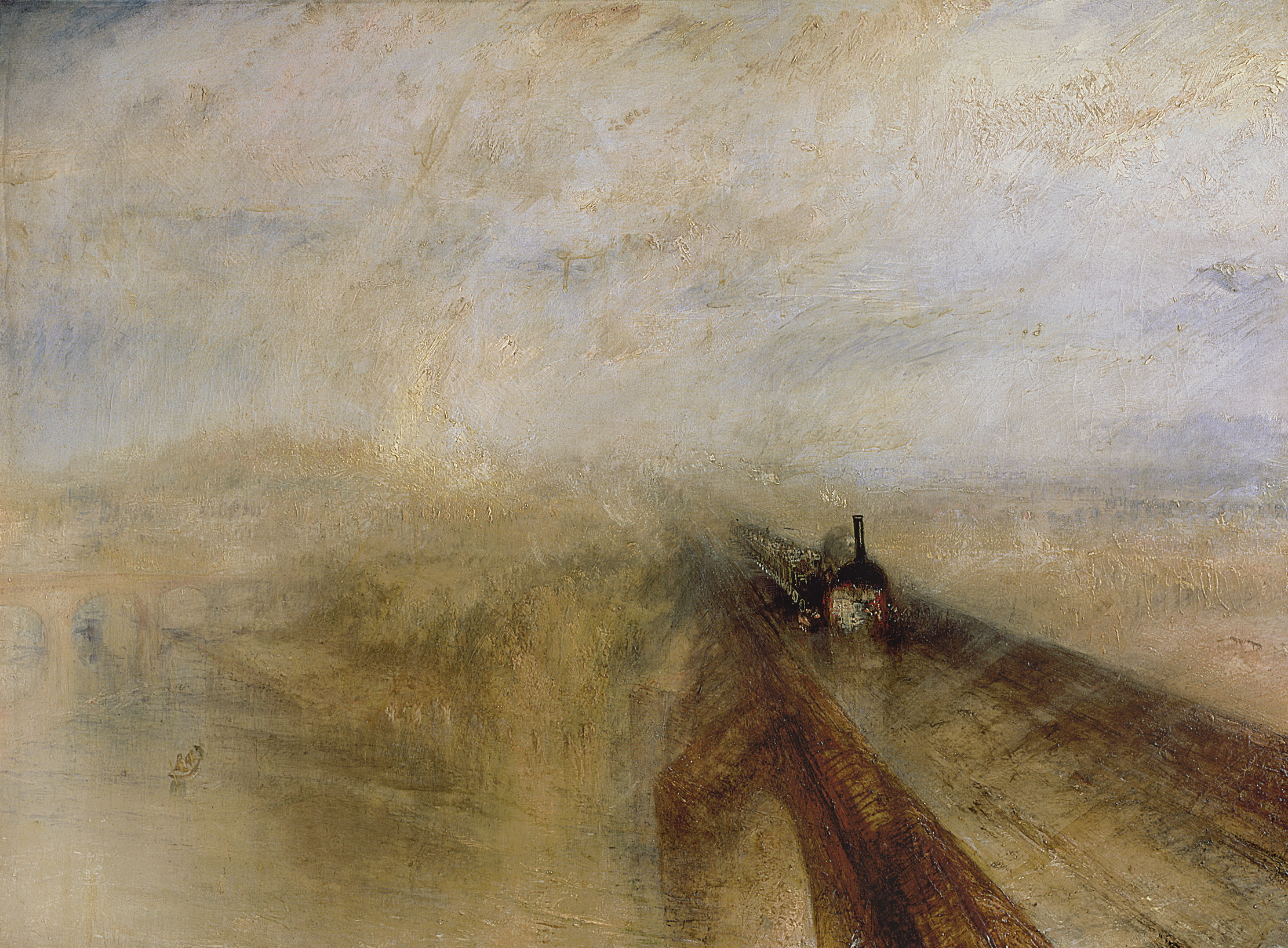 My Favourite Painting: Jeremy Clarkson
My Favourite Painting: Jeremy Clarkson'That's why this is my favourite painting. Because it invites you to imagine'
By Charlotte Mullins
-
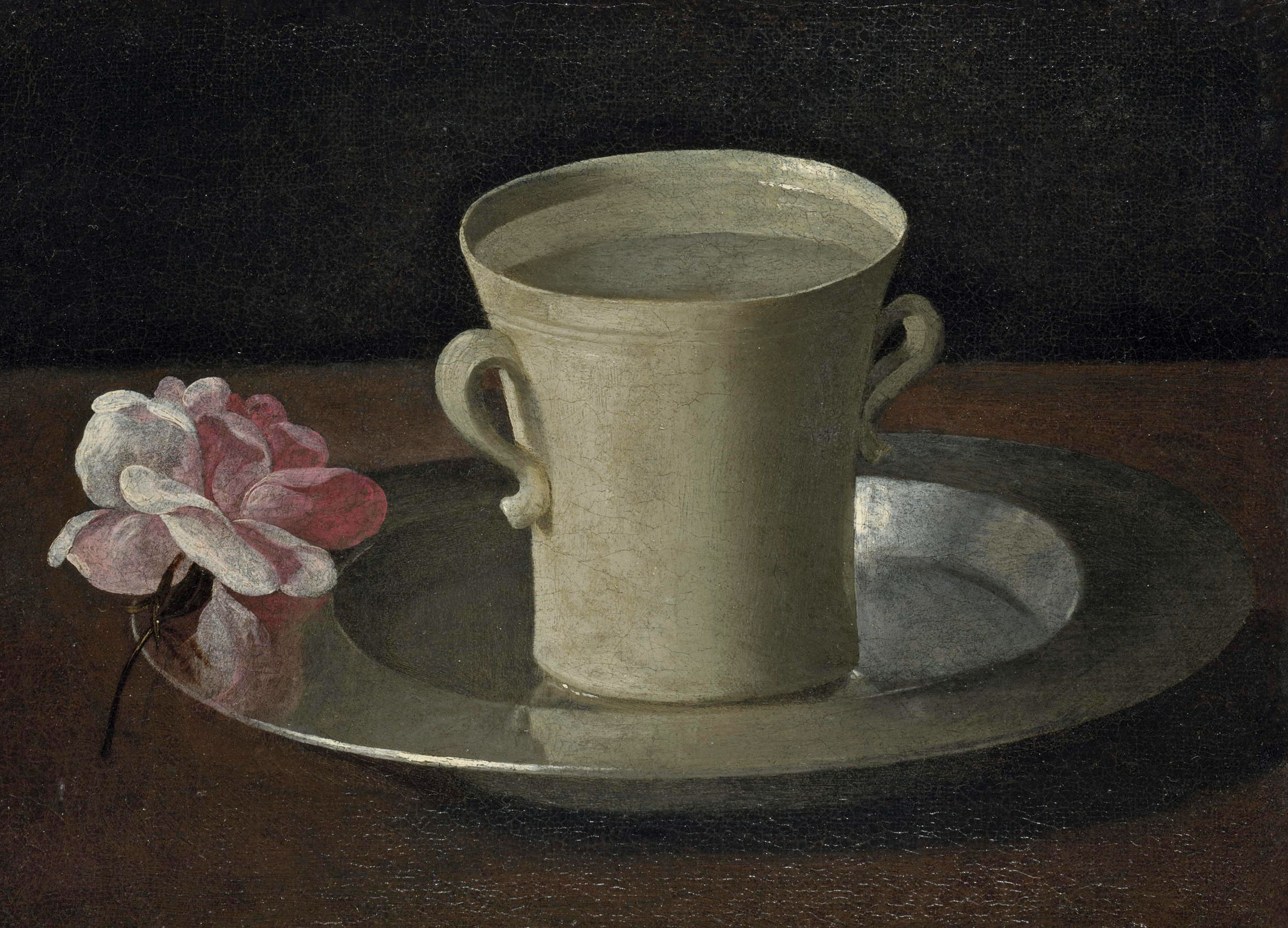 The chair of the National Gallery names his favourite from among the 2,300 masterpieces — and it will come as a bit of a shock
The chair of the National Gallery names his favourite from among the 2,300 masterpieces — and it will come as a bit of a shockAs the National Gallery turns 200, the chair of its board of trustees, John Booth, chooses his favourite painting.
By Toby Keel
-
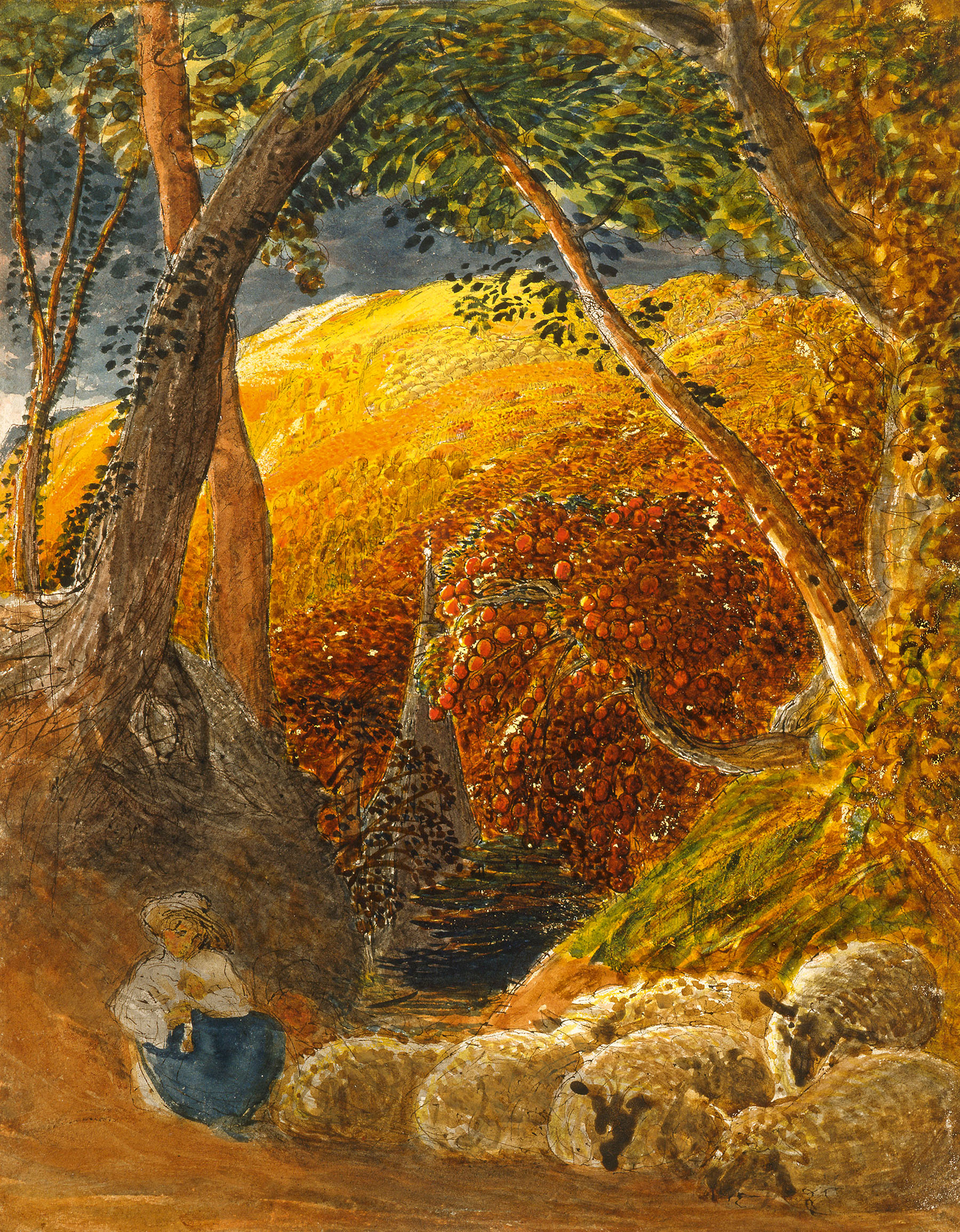 'A wonderful reminder of what the countryside could and should be': The 200-year-old watercolour of a world fast disappearing
'A wonderful reminder of what the countryside could and should be': The 200-year-old watercolour of a world fast disappearingChristopher Price of the Rare Breed Survival Trust on the bucolic beauty of The Magic Apple Tree by Samuel Palmer, which he nominates as his favourite painting.
By Charlotte Mullins
-
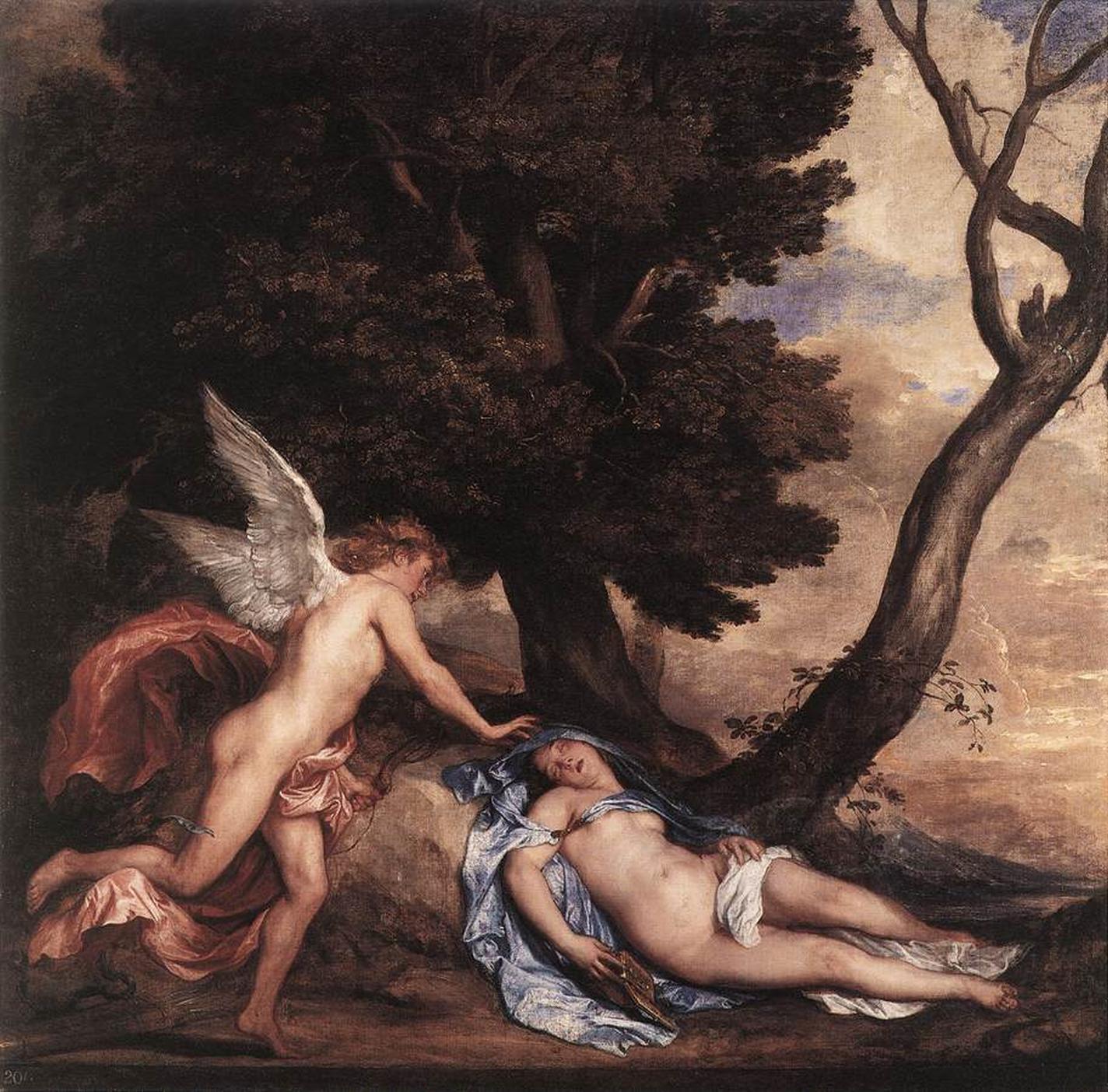 My favourite painting: Andrew Graham-Dixon
My favourite painting: Andrew Graham-Dixon'Lesson Number One: it’s the pictures that baffle and tantalise you that stay in the mind forever .'
By Country Life